
Content Source: 2021 RZR XP 1000 Tractor Owner’s Manual (9931388 R01) > Safety Chapter
| IMPORTANT |
|
The Owner's Manual for this vehicle contains warnings, instructions and other information you must read and fully understand before safely riding or performing maintenance on this vehicle.Always follow the warnings and instructions in Owner's Manual. Click the CONTENTS link above for the Table Of Contents, or download a full PDF of the Owner Manual in the Owner Support area of Polaris.com |
| Failure to operate this vehicle properly can result in a collision, loss of control, accident or rollover, which may result in serious injury or death. Heed all safety warnings outlined in this section of the owner’s manual and in the safety DVD provided with your vehicle. See the OPERATION section of the owner’s manual for proper operating procedures. |
NEVER carry fuel or other flammable liquids on this vehicle.
Failure to follow this instruction could lead to serious burn injuries or death.
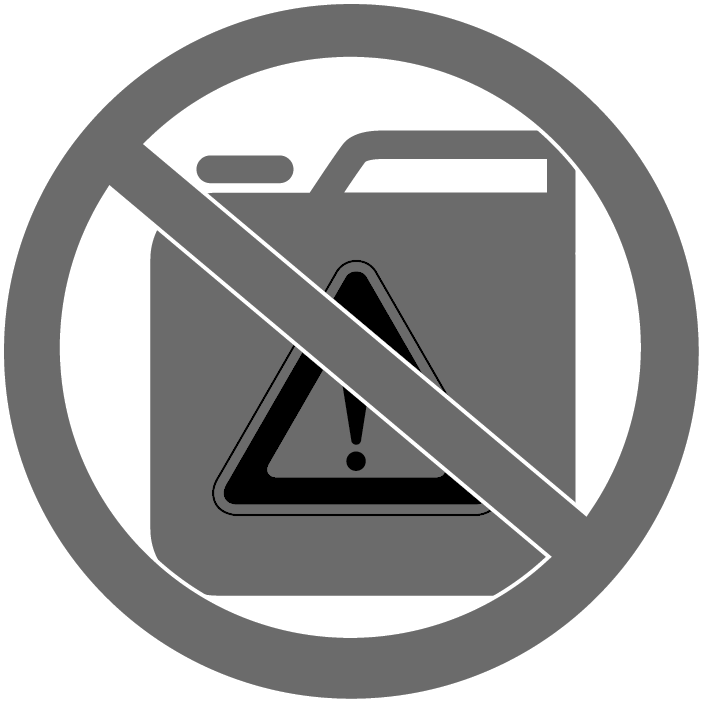
Operating this vehicle without proper instruction increases the risk of an accident. The operator must understand how to operate the vehicle properly in different situations and on different types of terrain. All operators must read and understand the Owner's Manual and all warning and instruction labels before operating the vehicle.

|
This vehicle is an ADULT VEHICLE ONLY. Operation is prohibited for anyone under 16 years of age or anyone without a valid driver’s license. All riders must be able to sit with backs against the seat, both feet flat on the floor and both hands on the steering wheel (if driving) or on a passenger hand hold. |
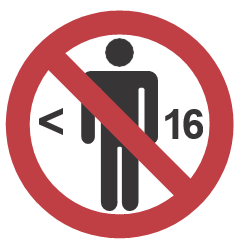 |
Operating the vehicle after consuming alcohol or drugs could adversely affect operator judgment, reaction time, balance and perception. Never drink alcohol or use drugs or medications before or while operating this vehicle.
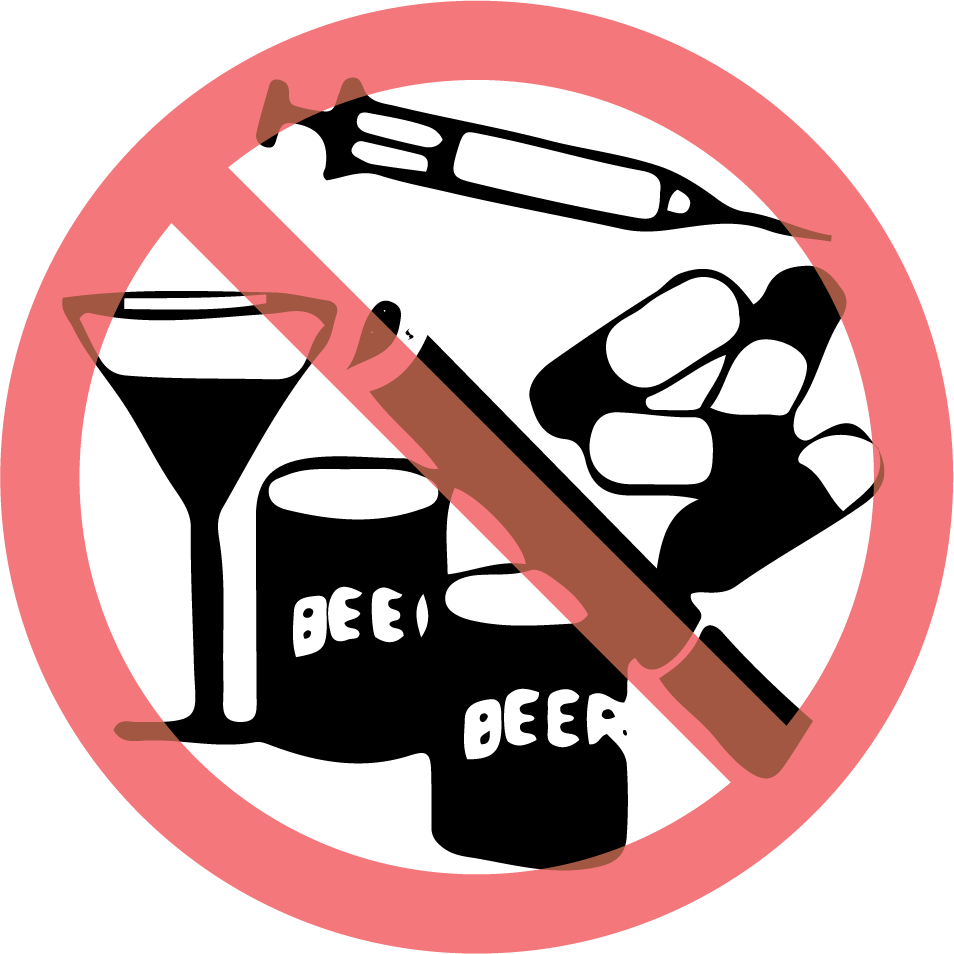
|
A rollover can result in serious injury or death. Avoid operating in a manner that could result in a rollover. |
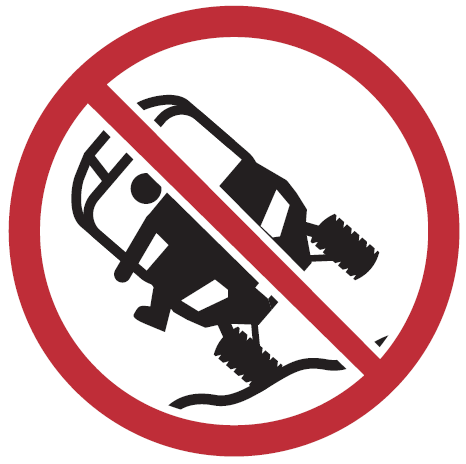 |
Riding in this vehicle without wearing an approved helmet and protective eyewear increases the risk of a serious injuries in the event of an accident. Operator and all passenger must always wear an approved helmet that fits properly and eye protection (goggles or face shield).
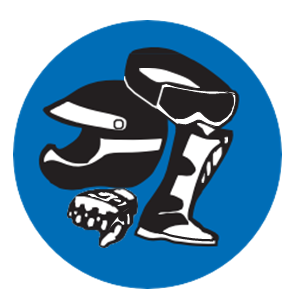
|
Riding in this vehicle without wearing the seat belt increases the risk of serious injury in the event of rollover, loss of control, other accident or sudden stop. Seat belts may reduce the severity of injury in these circumstances. All riders must wear seat belts at all times. |
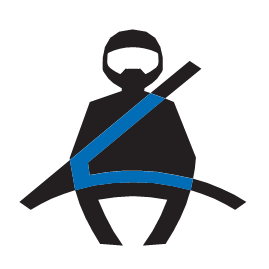 |
|
This vehicle is approved for on-road operation. |
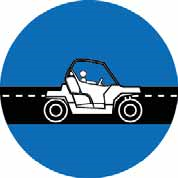 |
|
Exhibition driving increases the risk of an accident or rollover. DO NOT do power slides, “donuts”, jumps or other driving stunts. Avoid exhibition driving. |
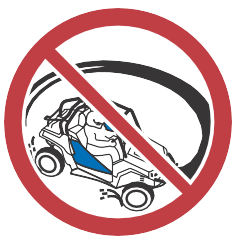 |
| Failure to inspect and verify that the vehicle is in safe operating condition before operating increases the risk of an accident. Always perform the Pre-Ride Inspection outlined in the Operation chapter before each use of your vehicle to make sure it's in safe operating condition. Always follow the inspection and maintenance procedures and schedules described in this owner’s manual. See the Periodic Maintenance section of the Maintenance chapter. |
Never carry a passenger until you have operated this vehicle for at least two hours and have completed the steps in the New Operator Driving Procedures section. A passenger must always be seated in a passenger seat with seat belt secured. Carrying more than one passenger in a 2-seat vehicle can affect the operator’s ability to steer and operate the controls, which increases the risk of loss of control and accident or rollover. Never carry more than one passenger in a 2-seat vehicle.

Carrying a passenger in the cargo box could result in a fall from the vehicle or contact with moving components. Never allow a passenger to ride in the cargo box. A passenger must always be seated in a passenger seat with seat belt secured.
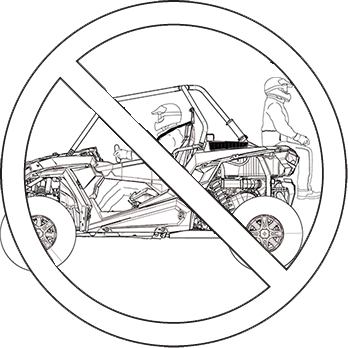
| Under ANY of these conditions: | Do ALL of these steps: |
| Passenger and/or cargo exceeds half the maximum weight capacity |
|
| Operating in rough terrain | |
| Operating over obstacles | |
| Climbing an incline | |
| Towing |
Operating this vehicle at excessive speeds increases the operator's risk of losing control. Always operate at a speed that's appropriate for the terrain, the visibility and operating conditions, your skills and experience and any passenger’s skills and experience.
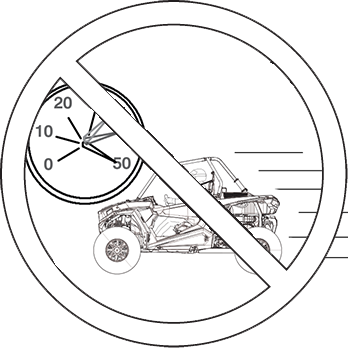
Improper hill climbing could cause loss of control or rollover. Use extreme caution when operating on hills. Always follow proper procedures for hill climbing as described in this owner's manual. See the Driving Uphill section for details.

Improperly descending a hill could cause loss of control or rollover. Always follow proper procedures for traveling down hills as described in this owner’s manual. See the Driving Downhill section for details.
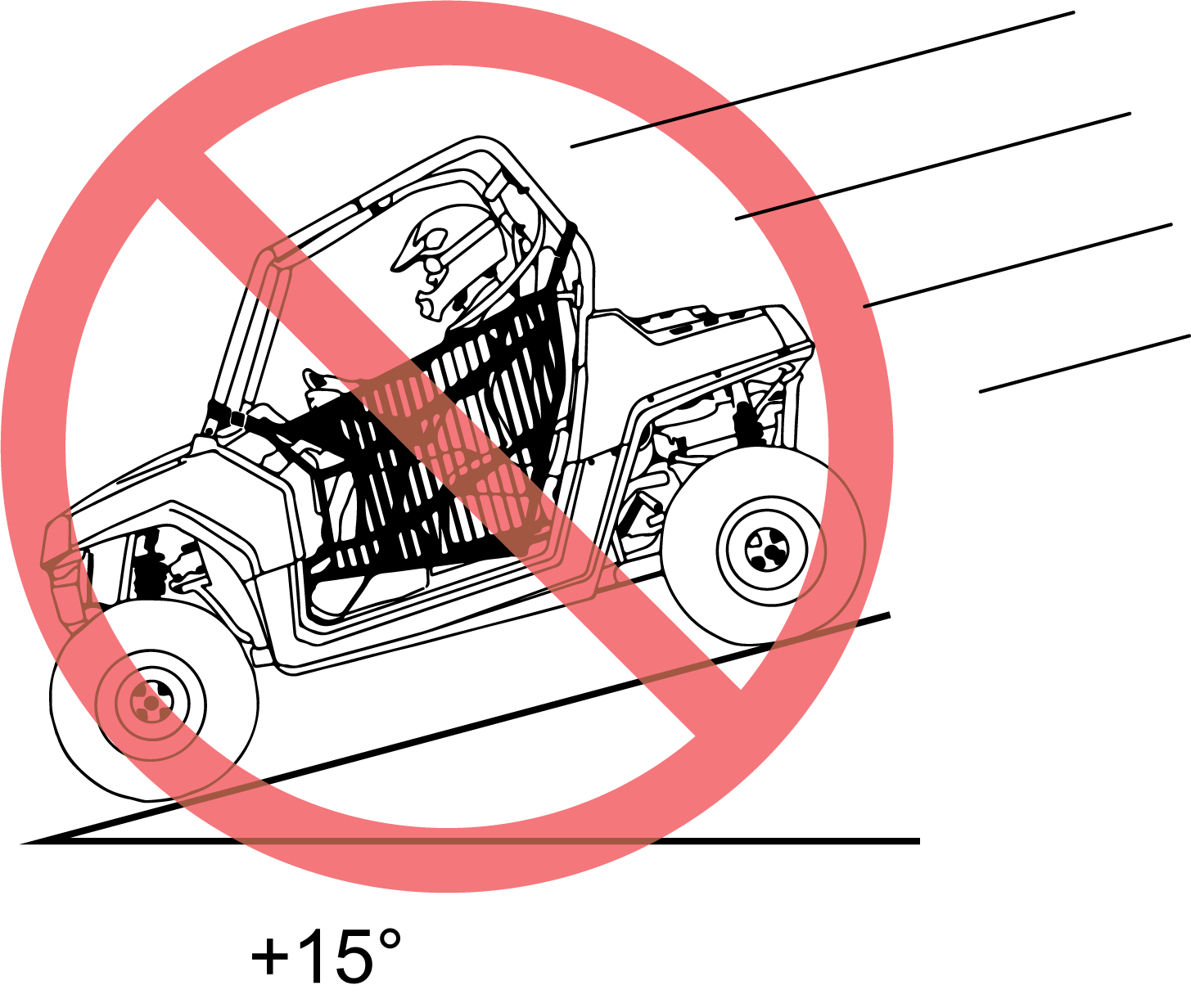
Apply the brakes gradually until the vehicle is fully stopped. Place the transmission in reverse and slowly allow the vehicle to roll straight downhill while applying light brake pressure to control speed.

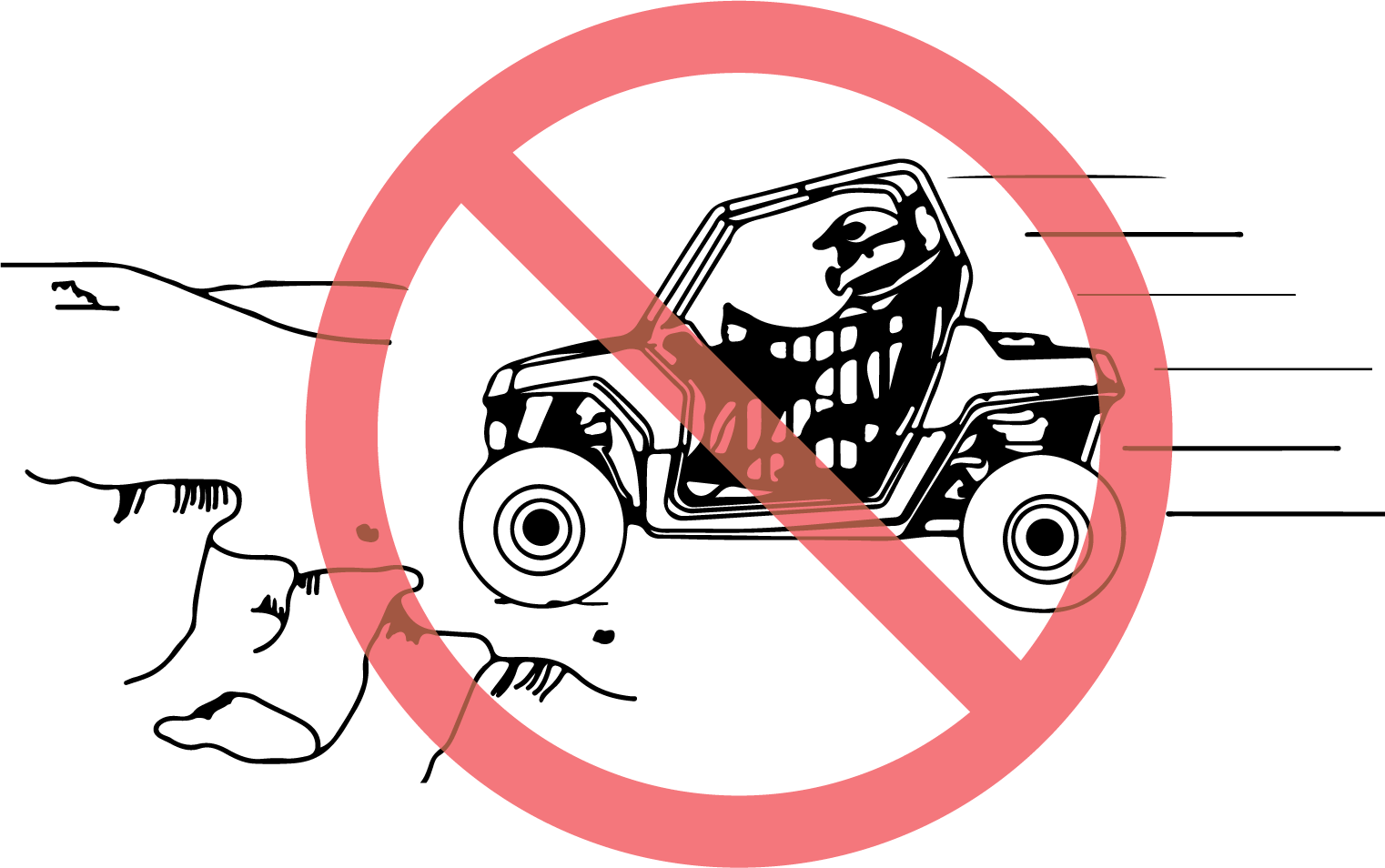
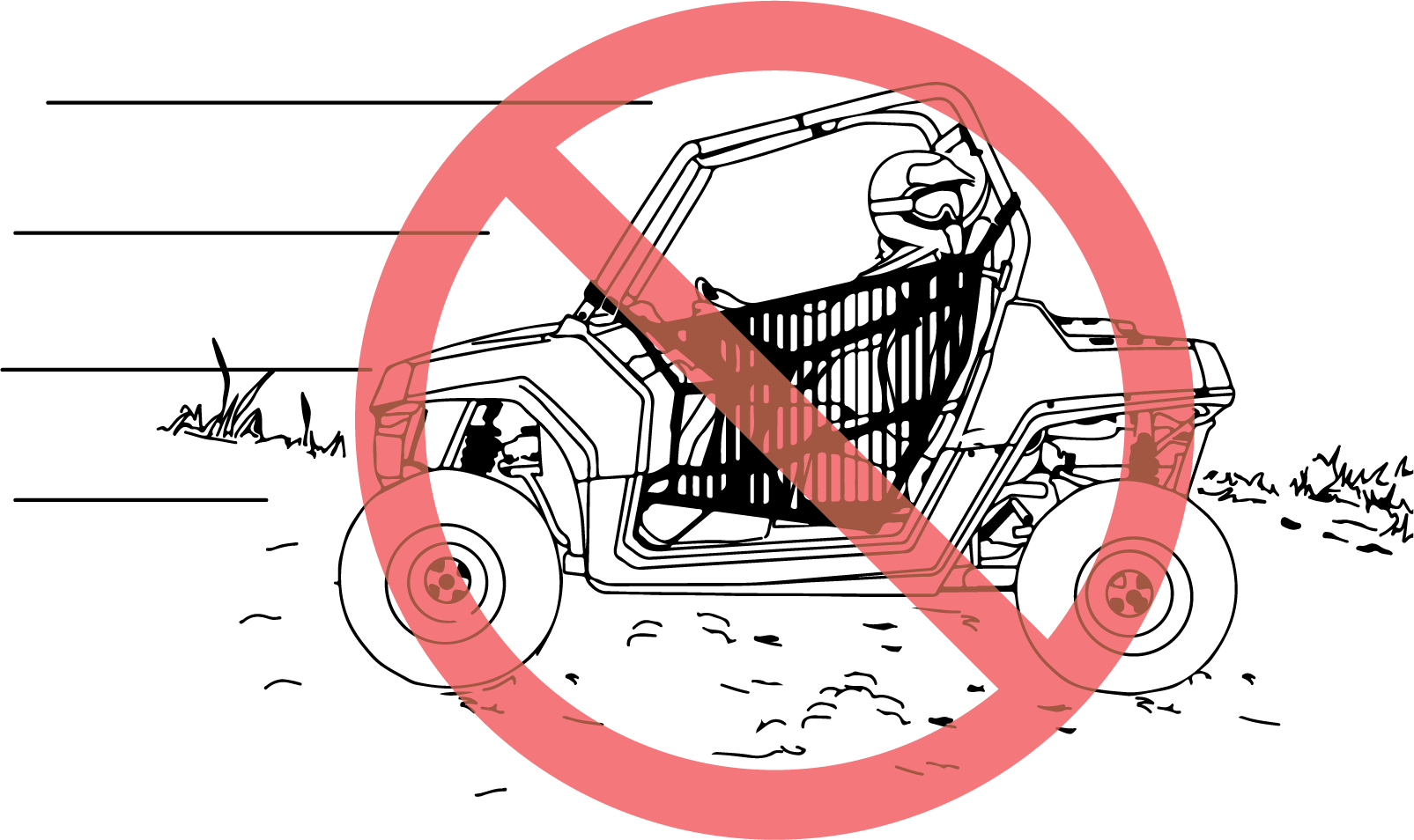
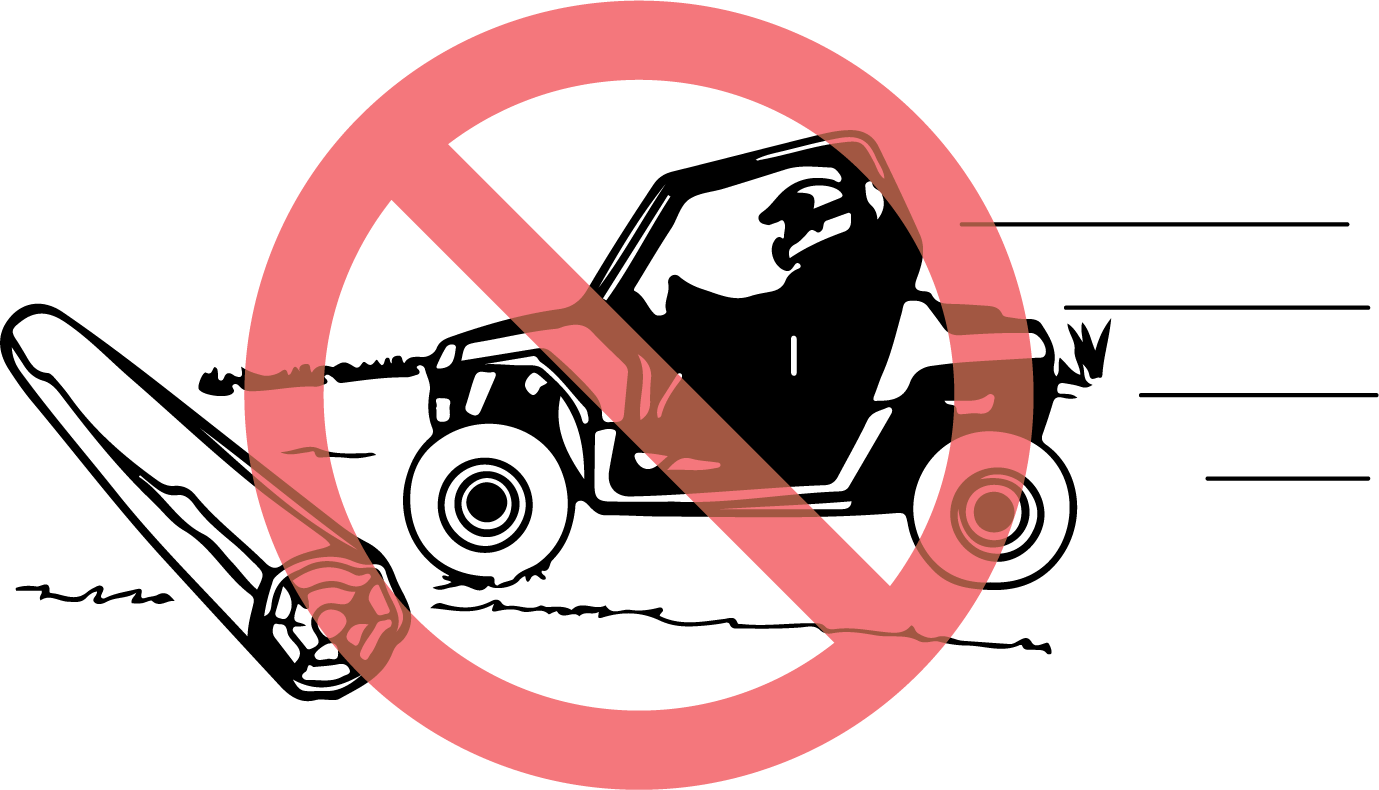
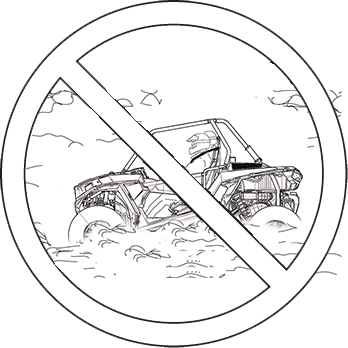
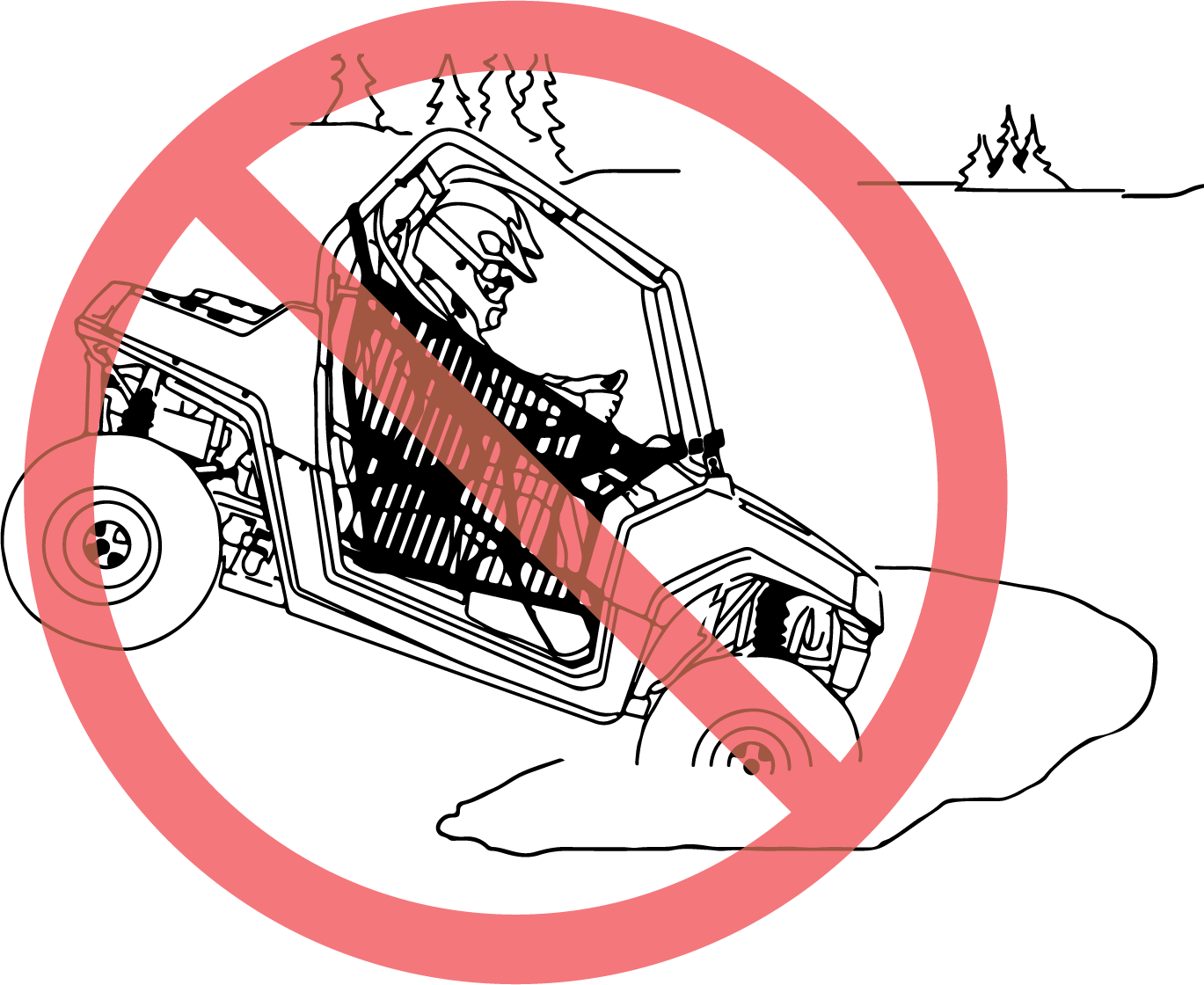
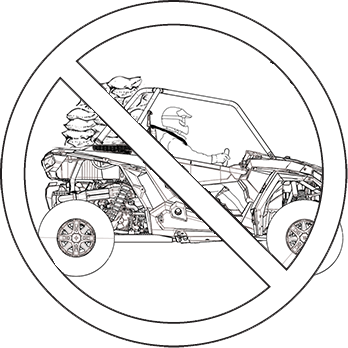
|
Exhaust system components are very hot during and after use of the vehicle. Hot components can cause burns and fire. Do not
touch hot exhaust system components. Always keep combustible materials away from the exhaust system.
Use caution when traveling through tall grass, especially dry grass and when traveling through muddy conditions. Always inspect
the underside of the vehicle and areas near the exhaust system after driving through tall grass, weeds, brush, other tall
ground cover, and muddy conditions. Promptly remove any grass, debris or foreign matter clinging to the vehicle and pay particular
attention to the exhaust system area.
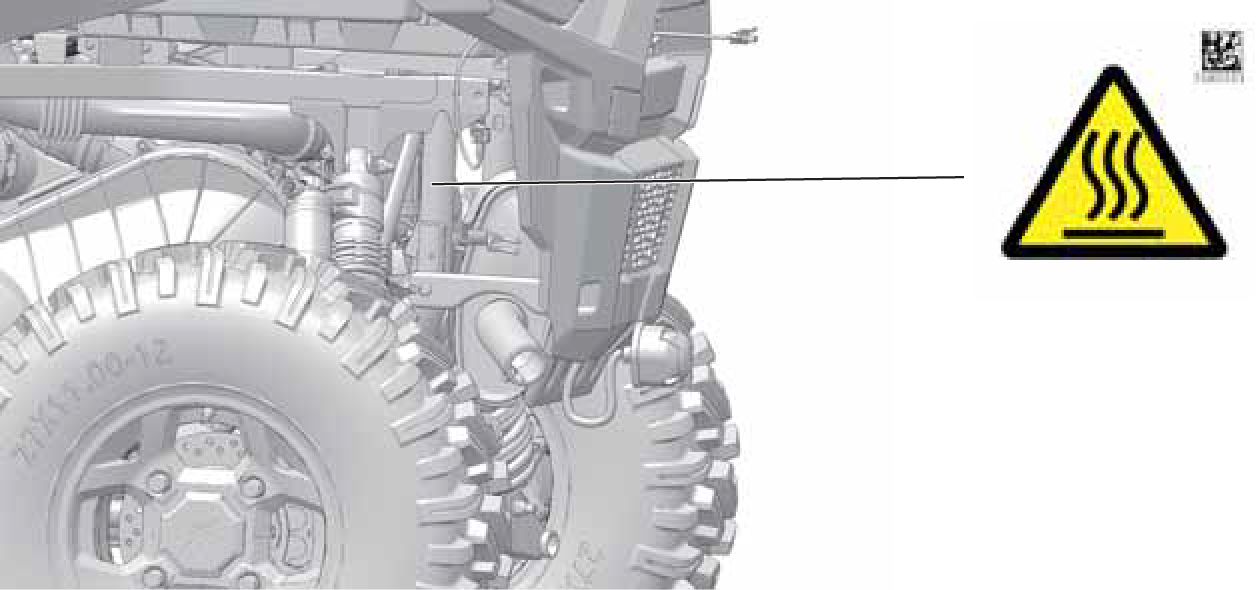 |
© Copyright Polaris Inc. All rights reserved.